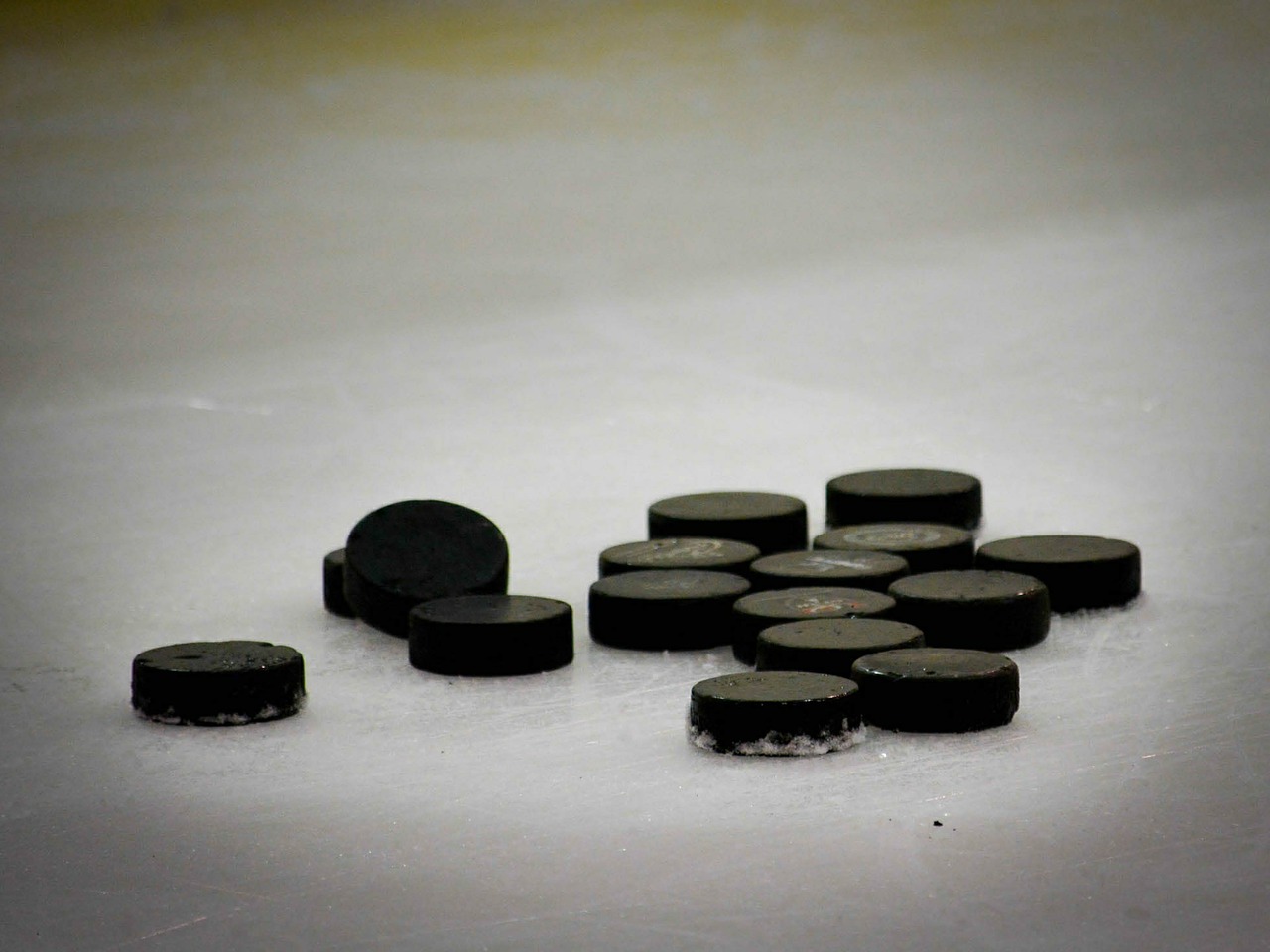With the Penguins recently crowned NHL champs for the 2016-2017 season and the Stanley Cup fresh in our memories, now may be the last time to reflect on my past fantasy hockey season so that I may better prepare for the upcoming season. I am interested in reflecting on what worked and what didn’t work at the level of snake draft strategy for the previous year so I can craft my future draft strategy.
The league
During 2016-2017, I was in a 12-team, 10-category (H2H) league. In the final standings, my record of 103-78-19 put me in third place. I enjoyed sitting in first place for a significant part of the season, and although I did not end up winning the championship, I would still consider it a successful season.
Here are the results of my draft:
| 1. | (6) | Braden Holtby (Was – G) |
| 2. | (19) | Evgeni Malkin (Pit – C) |
| 3. | (30) | Martin Jones (SJ – G) |
| 4. | (43) | Roman Josi (Nsh – D) |
| 5. | (54) | Shayne Gostisbehere (Phi – D) |
| 6. | (67) | Jakub Voracek (Phi – LW,RW) |
| 7. | (78) | Tyler Toffoli (LA – C,RW) |
| 8. | (91) | Steve Mason (Phi – G) |
| 9. | (102) | Mike Hoffman (Ott – LW,RW) |
| 10. | (115) | Alexander Radulov (Mon – LW,RW) |
| 11. | (126) | Tyler Johnson (TB – C) |
| 12. | (139) | Andrei Markov (Mon – D) |
| 13. | (150) | Connor Hellebuyck (Wpg – G) |
| 14. | (163) | Nikolaj Ehlers (Wpg – LW,RW) |
| 15. | (174) | Nick Leddy (NYI – D) |
| 16. | (187) | Carl Hagelin (Pit – LW) |
This draft provided me with two of the top five goalies in the league, and this gave me an incredible advantage in the four goalie categories. Among those, I was first in wins, third in GAA, sixth in save percentage, and second in shutouts.
Offensively, my stats were much more mediocre. I ranked #8 in goals, #7 in assists, #10 in plus/minus, third in PIM, fourth in power play points, and #8 in shots on goal. Still, this was sufficient for overall production that propelled my team to the playoffs.
Lessons learned
If there is one overarching draft strategy that I learned from this, it is that it is important to use a goalie-dominant draft approach, rather than an offensively-minded draft approach. The drop-off at the goalie position is quite high, with only a handful of goalies receiving enough regular playing time to have the potential for 40+ wins, along with promising GAA and save rates. Although there were only four goalie categories, as opposed to six offensive categories, the goalie categories are much harder to compete at.
If I am able to consistently win at least three of four goalie categories in my weekly head-to-head matchups, I can then turn to the various offensive categories in which to compete. I really only need to win two of the six offensive categories in order to beat my opponent for the week, and this is quite manageable.
Looking back at my draft results above, I was able to perform right around the middle/low-middle of the league in goals (#8 of 12 teams) and assists (#7) even though I only drafted one forward in the first five rounds. This means that those statistical categories can be adequately filled by late-round draft picks, or by players coming off the waiver wire.
The important point to take away from all of this is the point that needs to be underscored within all fantasy sports leagues. The object of the draft and early-season moves is not to create a team that will be good enough to win the championship, but one that will be good enough to make the playoffs. Once you get into the playoffs, then it may be a very different creature altogether.

